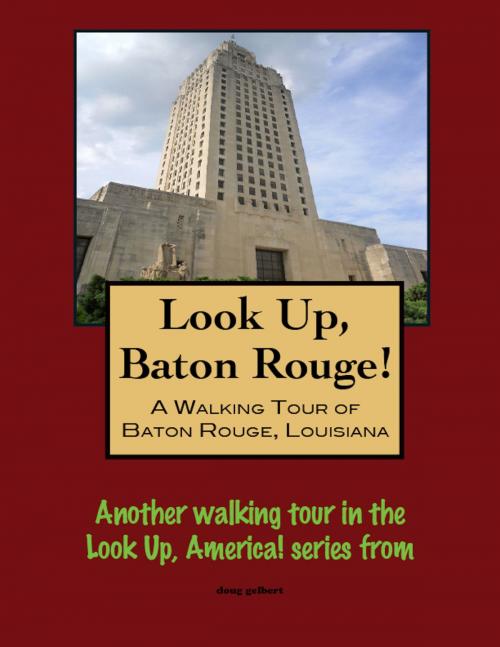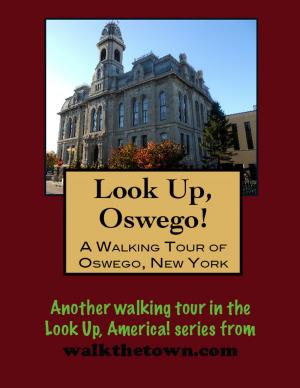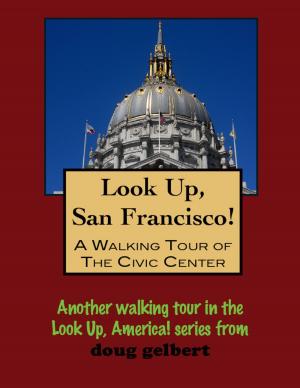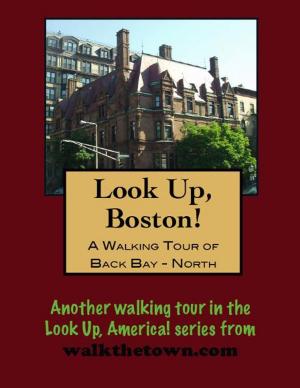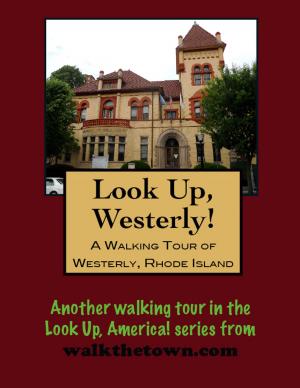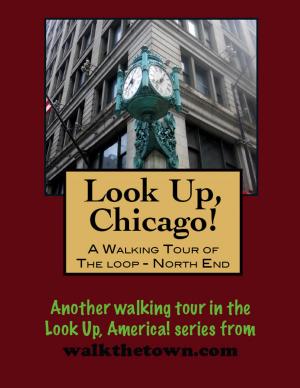Look Up, Baton Rouge! A Walking Tour of Baton Rouge, Louisiana
Nonfiction, Travel, History, Americas| Author: | Doug Gelbert | ISBN: | 9781301759798 |
| Publisher: | Doug Gelbert | Publication: | June 20, 2013 |
| Imprint: | Smashwords Edition | Language: | English |
| Author: | Doug Gelbert |
| ISBN: | 9781301759798 |
| Publisher: | Doug Gelbert |
| Publication: | June 20, 2013 |
| Imprint: | Smashwords Edition |
| Language: | English |
There is no better way to see America than on foot. And there is no better way to appreciate what you are looking at than with a walking tour. Whether you are preparing for a road trip or just out to look at your own town in a new way, a downloadable walking tour from walkthetown.com is ready to explore when you are.
Each walking tour describes historical and architectural landmarks and provides pictures to help out when those pesky street addresses are missing. Every tour also includes a quick primer on identifying architectural styles seen on American streets.
In 1699 French explorers some 230 miles from the mouth of the Mississippi River spotted a cypress pole colored red from the smeared blood of dead animals that marked the hunting grounds between the Houma and Bayougoula tribes. They called the landmark on the 50-foot Istrouma Bluff on the east side of the river "le Baton Rouge." And except for a brief time when the British called the place New Richmond it has been named for that red stick ever since.
Before the Americans got their hands on Baton Rouge the French, Spanish and British all had their cracks at it, mostly maintaining the bluff as a strategic defensive position. In 1810 Baton Rouge was the only Spanish possession on the Mississippi River and far from the seat of colonial power in Florida. The citizens, mostly French and Americans, rose up and overpowered the small Spanish garrison. They declared a new country called the Republic of West Florida and even had a flag prepared for the occasion - the Bonnie Blue Flag. It boasted a single white star on a blue background that would become the inspiration for the Lone Star of the Republic of Texas. After ninety days the new country was folded into America's Territory of Orleans just before Louisiana joined the Union in 1812.
By the 1840s the Louisiana legislature was dominated by rural planters who distrusted giving the capital of New Orleans more power than it already had so they engineered a move of the government to the country. Baton Rouge, a hamlet of about 2,000 people at the time, got the nod in 1849 and has remained the capital ever since. Even after Louisiana State University showed up in late 1869 the town remained mostly a sleepy government refuge through the rest of the 19th century.
The discovery of unprecedented oil reserves in the salt domes around the Gulf Coast in the early 1900s began to change all that. The Standard Oil Company of John D. Rockefeller constructed a refinery in Baton Rouge in 1912 and others followed. Louisiana State built a new campus in 1926 and Huey Long transformed the face of Baton Rouge when he reached the governor's chair in 1928.
Today the Port of Baton Rouge is the nation's ninth busiest port with a 45-foot channel dredged in the Mississippi River to give ocean-going vessels the furthest access north they can reach on the river. The population has climbed over 225,000 and yet the town has been able to retain treasures from its nearly two centuries of history since its incorporation in 1817. Our walking tour will seek them out and we will begin at the legacy of a politician who entwined himself with his state and its people like few others in America ever have...
There is no better way to see America than on foot. And there is no better way to appreciate what you are looking at than with a walking tour. Whether you are preparing for a road trip or just out to look at your own town in a new way, a downloadable walking tour from walkthetown.com is ready to explore when you are.
Each walking tour describes historical and architectural landmarks and provides pictures to help out when those pesky street addresses are missing. Every tour also includes a quick primer on identifying architectural styles seen on American streets.
In 1699 French explorers some 230 miles from the mouth of the Mississippi River spotted a cypress pole colored red from the smeared blood of dead animals that marked the hunting grounds between the Houma and Bayougoula tribes. They called the landmark on the 50-foot Istrouma Bluff on the east side of the river "le Baton Rouge." And except for a brief time when the British called the place New Richmond it has been named for that red stick ever since.
Before the Americans got their hands on Baton Rouge the French, Spanish and British all had their cracks at it, mostly maintaining the bluff as a strategic defensive position. In 1810 Baton Rouge was the only Spanish possession on the Mississippi River and far from the seat of colonial power in Florida. The citizens, mostly French and Americans, rose up and overpowered the small Spanish garrison. They declared a new country called the Republic of West Florida and even had a flag prepared for the occasion - the Bonnie Blue Flag. It boasted a single white star on a blue background that would become the inspiration for the Lone Star of the Republic of Texas. After ninety days the new country was folded into America's Territory of Orleans just before Louisiana joined the Union in 1812.
By the 1840s the Louisiana legislature was dominated by rural planters who distrusted giving the capital of New Orleans more power than it already had so they engineered a move of the government to the country. Baton Rouge, a hamlet of about 2,000 people at the time, got the nod in 1849 and has remained the capital ever since. Even after Louisiana State University showed up in late 1869 the town remained mostly a sleepy government refuge through the rest of the 19th century.
The discovery of unprecedented oil reserves in the salt domes around the Gulf Coast in the early 1900s began to change all that. The Standard Oil Company of John D. Rockefeller constructed a refinery in Baton Rouge in 1912 and others followed. Louisiana State built a new campus in 1926 and Huey Long transformed the face of Baton Rouge when he reached the governor's chair in 1928.
Today the Port of Baton Rouge is the nation's ninth busiest port with a 45-foot channel dredged in the Mississippi River to give ocean-going vessels the furthest access north they can reach on the river. The population has climbed over 225,000 and yet the town has been able to retain treasures from its nearly two centuries of history since its incorporation in 1817. Our walking tour will seek them out and we will begin at the legacy of a politician who entwined himself with his state and its people like few others in America ever have...
